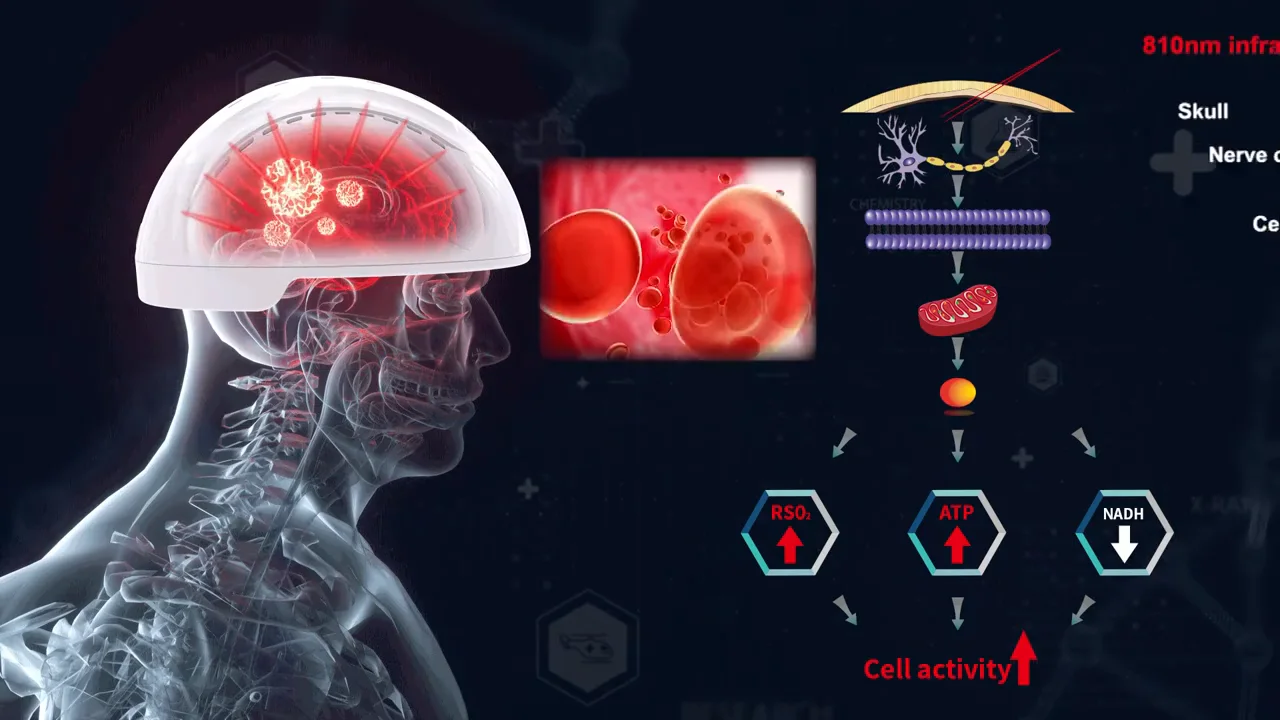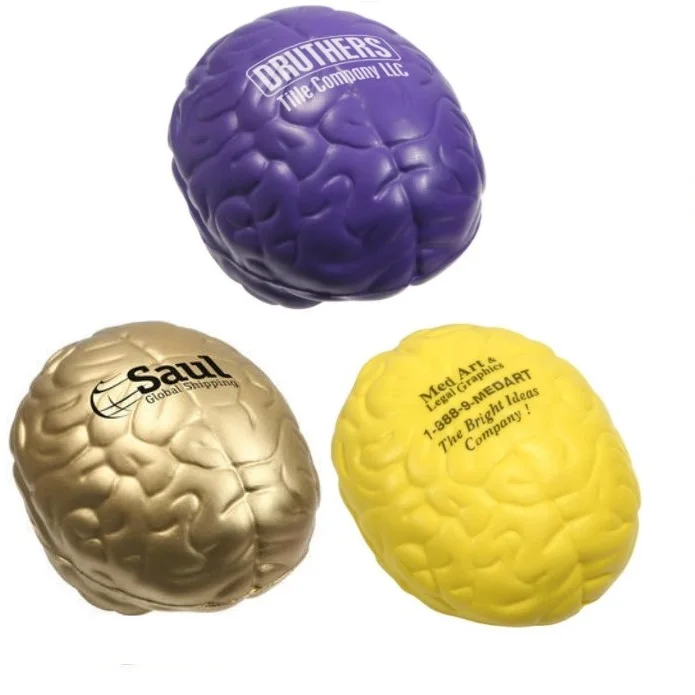

To address this problem, we have developed MVPAlab, a MATLAB-based, flexible decoding toolbox for multidimensional electroencephalography and magnetoencephalography data. However, the implementation of these procedures is usually challenging, especially for researchers with no coding experience. These multivariate, machine learning-based algorithms afford neuroscientists extracting more detailed and richer information from the data.

The study of brain function has recently expanded from classical univariate to multivariate analyses.

A number of future opportunities also emerge, including validation of analytic pipelines that can replicate existing findings and/or test novel hypotheses. The challenges relate to annotation of signal sources, time, and ICA analysis during pre-processing. Implementing these integrated solutions for the first time with infant data has demonstrated success and challenges in generating a standardized multi-site data state. With EEG-IP, we produced a fully standardized data set, of the pooled, harmonized, and pre-processed EEG data from multiple sites. Finally, the pooled and harmonized raw data was preprocessed using a common signal processing pipeline that maximizes signal isolation and minimizes data reduction. Second, to address challenges of limited comparability across independent recordings, EEG-IP applied the Brain Imaging Data Structure (BIDS)-EEG standard, resulting in a harmonized, extendable, and integrated data state. Currently, this is the largest multi-site standardized dataset of infant EEG data.įirst, multi-site data from longitudinal cohort studies of infants at risk for autism was pooled in a common repository with 1382 EEG longitudinal recordings, linked behavioral data, from 432 infants between 3- to 36-months of age. High impact research on biomarkers is currently limited by relatively small sample sizes and the complexity of the autism phenotype.ĮEG-IP is an International Infant EEG Data Integration Platform developed to advance biomarker discovery by enhancing the large scale integration of multi-site data. Establishing reliable predictive and diganostic biomarkers of autism would enhance early identification and facilitate targeted intervention during periods of greatest plasticity in early brain development.


 0 kommentar(er)
0 kommentar(er)
